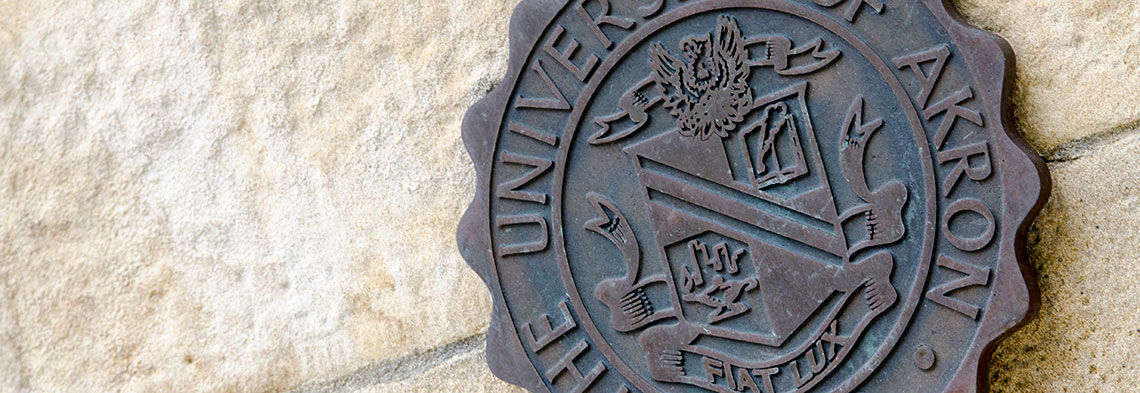Document Type
Article
Publication Date
January 2002
Abstract
This is not just another article about Bush v. Gore. Rather, this article does something that no article has done: it analyzes the impact of the textual decision in Bush v. Gore on the law of remedies. Through an examination of Bush v. Gore, this article seeks to advance a new understanding of prophylactic remedies and their proper use by the courts. This examination provides not only a clearer understanding of the Bush decision, but more importantly, develops a better understanding of prophylactic remedies and how they can legitimately be used to provide meaning and redress for legal rights. This article will first examine the decision of Bush v. Gore under the microscope of remedies law. As discussed in Part I, the Court used the remedial weapon of the prophylactic injunction to constrain the actions of a state court in order to protect against potential equal protection violations during any future recount. Yet, the Court ultimately used this expansive remedy dictating mandatory recount standards to deny effective relief for both the equal protection or election violation. The Court’s decision to impose the prophylactic remedy, however, was unguided by meaningful standards and drastically departed from previously-existing standards constraining the use of this powerful remedy. The blatant use of remedial power and the potential creation of a new remedial standard is what makes this case interesting for the broader context of remedies and constitutional law. The Bush Court’s use of a prophylactic remedy in itself, however, is not problematic. Prophylactic remedies have unfairly become the miscreant of judicial relief. Part II of this article discredits these attacks on the legitimacy of prophylactic relief by explaining that prophylactics are remedies rather than rules. For since the time of Miranda, critics have claimed improperly that the Court lacks power to issue these types of decisions proscribing otherwise legal conduct. Yet formulating a remedy for a legal violation is one of the common judicial roles that the court is authorized to perform. And prophylactics are simply one species of remedy.
Prophylactic remedies, however, can be misused. As discussed in Part III, the Bush Court’s imposition of an untailored, unachievable, and unnecessary prophylactic remedy is an egregious misuses of the remedy and the Court’s equitable power. While prophylactics are inherently broad, that breadth becomes problematic only when it is used to reach conduct unconnected to the violation or to infringe upon the rights of the defendant. This was one of the fundamental errors of the Bush prophylactic remedy, for it reached unconnected conduct and operated to bar the Florida court’s ability to perform its duty to remedy a violation of state law. Moreover, the Court used its flexible equity power designed to achieve justice and fairness to deny rather than ensure effective relief for the federal and state rights. Thus, in unprecedented fashion, the Bush Court used its remedial power to deny relief and nullify important rights rights.
Publication Title
William & Mary Bill of Rights Journal
First Page
343
Recommended Citation
Tracy A. Thomas, Understanding Prophylactic Remedies Through the Looking Glass of Bush v. Gore, 11 William & Mary Bill of Rights Journal 343 (2002).


